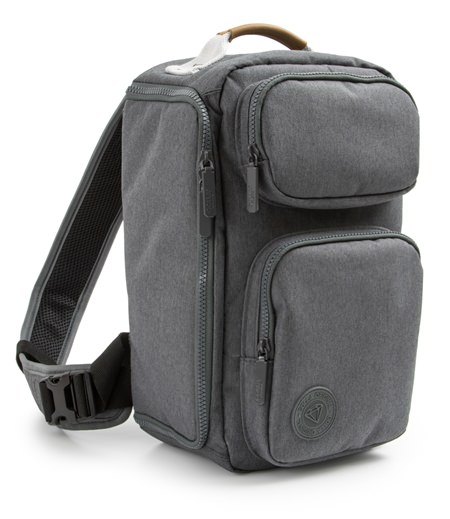
Make no mistake about it – your camera is an investment, just as your car is an investment. Both can be expensive, and neither appreciates in value and both are expensive to replace. And quite frankly, a camera is merely a light-proof box with a lump of optical glass on the front to let the light in. Sure, there are electronic trick things these days with ‘auto’ adjustments to assist in getting the right exposure value, but the basic box and glass is still relevant.
How many times have you gone outside to take a shot and when you looked through the lens it was fogged up? This came from the condensation seen when the camera went from air-con cold to tropical humidity. That condensation is water, and cameras and water don’t mix.
Moisture and condensation are the easiest ones to counter, but the dampness comes from more than just being caught out in the rain. Thailand is a hot and humid environment. The best answer here is to keep small sachets of silica gel in your camera bag. When the silica gel changes color you can pop them back in the micro-wave and rejuvenate them very easily. Many bottles of tablets come with perfect little sachets in the top of them too.
There will also be times when you get caught in the rain, or you may even want to get rain shots (even Songkran). The camera body is reasonably water proof, but you should carefully wipe the outside of the case dry afterwards, and especially blow air around the lens barrel and the lens mount. A hair dryer set on the lowest temperature works well, but do not overheat the camera body.
So here are some tips on how to look after your photographic investments, with 100,000 baht commonplace these days!
The first concept is to understand just what it is that will go towards destroying your camera. Usually these are simply dust and grit, moisture and condensation, battery acid and being dropped. Looking after your investment is then a simple case of countering the above factors.
Being dropped never benefits any camera, so the first procedure in the camera shop is to fit a neck strap and get her used to wearing it. Even if not around the neck, the strap should be wrapped around the wrist. The strap is like the safety belt in your car.
Dust and grit are the ever present dangers in the environment. How many times have you got a small piece of grit in your eye? Often, I will wager. Particles such as that can be very bad for the lens focusing and zooming mechanics too. There is really no secret here!
That leads us to the even more serious type of corrosion – leakage from batteries. Just about every camera in the world these days has a battery, even if it is just to drive the needle on the light meter. There is a moral here, isn’t there?
In fact, there are two morals to be learned. The first is to check batteries every three months, I would suggest, rather than just waiting for the batteries to fail or become erratic. And secondly, you get what you pay for – so buy the best you can. It will serve you well in the end. Acid leakage (and even acid fumes) from a battery can totally ruin a modern camera, getting into the electronics so that it never works properly again. Finally, keep your camera in a soft padded case that can absorb some shocks. Not the original leather one. Buy a new one! They are very inexpensive, especially when compared to the cost of the camera!
A couple of months back I mentioned my daughter’s five month old Casio, on which the LED screen hinge had broken. Purchased at Eastbourne in the Central Festival shopping center, there was initially a bit of a communications breakdown, but that was got over and the camera was returned to daughter now fixed and the claim was made under warranty. Thank you Eastbourne. My daughter is once again happily accompanying me on photographic trips, and I am happy to endorse Eastbourne.
 |
 |
 |





